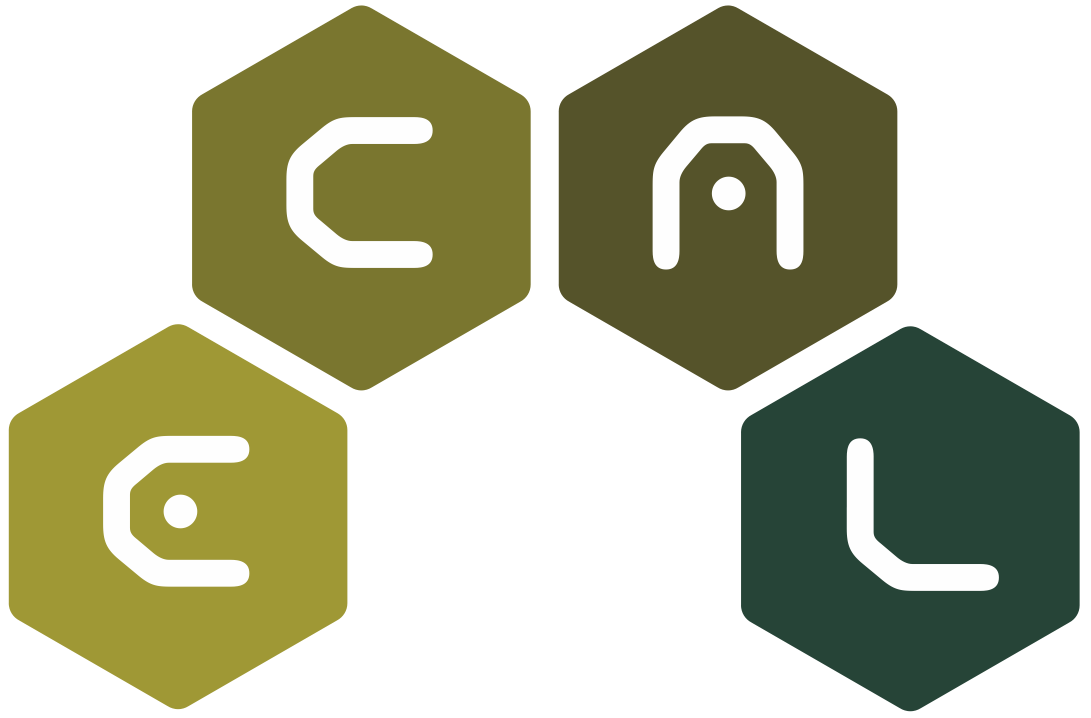Title
Reaction-Diffusion Risk: Chemical Signaling in a Conquest Game

Reaction-Diffusion Risk: Chemical Signaling in a Conquest Game
Full paper PDF (late breaking paper).
The spontaneous generation of life has long been a central question investigated in the study of the origins of life (Szathmary and Smith, 1995, Bedau et al., 2000). The most common constructive approach to this problem might be artificial chemistry, the computer-inspired modeling of systems composed of chemical substances, either simulated with interaction rules and with more or less coarse-grained structures or implemented in vitro.
Reaction–diffusion (RD) systems, first introduced by Alan Turing (Turing, 1952), are models explaining how concentrations of spatially distributed chemical substances change locally with local reactions by which the chemicals are transformed into each other, and diffusion which causes the substances to spread out over a surface in space. One of the most famous artificial reaction diffusion system is the Belousov-Zhabotinsky chemical system, displaying complex temporal patterns (Zaikin and Zhabotinsky, 1970). RD systems can be applied to molecular programming, involving the specification of structures, circuits and behaviors within living and non-living systems, in which decision-making will carried out by chemical processes themselves.In the past, RD-based molecular programming has been showing impressive results, both from the experimental side (Chirieleison et al., 2013, Padirac et al., 2013) and the theoretical side (Scalise and Schulman, 2014).
In this paper, we use a molecular programming model (implementing a Risk-like game1-like simulation) to explore a minimalist type of signaling system, by which the state of an entity affects other entities. In particular, we explore the signaling between chemicals substances within the following set of reactions, with interactions based on an extension of the system presented by Padirac et al. (2012)